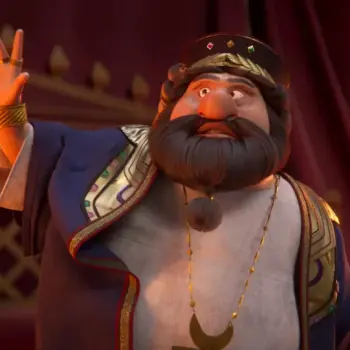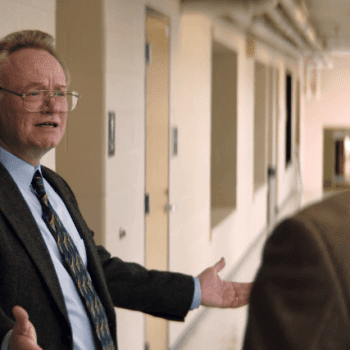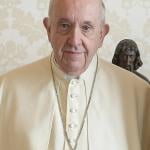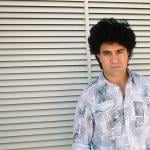
Lately I have been ranting about the tendency among some of my fellow Christians to go ga-ga over the Christ-like elements in the Superman movies without paying any attention to the other mythic references in the films. So I figure it’s only fair to point out that Fr. Raymond J. de Souza, a Catholic priest and columnist for the National Post, does pay attention to those other elements in a column that he ran today on Superman Returns. He begins:
To the extent I had thought about the deeper significance of Superman — which is to say, not much — I had thought him vaguely inspired by the eponymous themes in Nietzsche’s philosophy. The 19th-century philosopher argued against Christian doctrine, which he believed made man weak, passive and dependent. His ubermensch, by contrast, was a strong-willed “overman” who defined his own values and relied on his own strength to overcome suffering and weakness.
The latest popular movie instalment, Superman Returns, considers this and other theories of salvation before settling upon the Christian account as the most compelling. To the extent I had thought about Superman as a Christian archetype — which is to say, never — it was a surprise.
I doubt the director, Bryan Singer, uses the term “soteriology,” which refers to theological reflection upon the means and meaning of salvation. But his film is a pop-culture survey of the principal soteriological options.
De Souza then goes on to list the options, including the Greek mythical references that I have mentioned elsewhere, and along the way he adds some interesting background details, e.g.:
We move on then to Superman as Atlas, the strong man who can carry the world on his shoulders. There is a scene which evokes precisely this, as Superman rushes to save Metropolis from the enormous falling globe which sits upon the Daily Planet building. He gently lowers it to the ground, a perfect image of the giant statue of Atlas that one finds on New York’s Fifth Avenue — where the anti-Catholic Rockefellers thoughtfully placed it across the street from the main doors of St. Patrick’s Cathedral.
But in the movie, and real life too, Atlas even with his great strength is found wanting. No one stops at his statue in New York. Thousands do stop across the street to pray.
This is an interesting connection, though I am not so sure that Atlas is a figure of “salvation” here. Wasn’t he condemned to hold the sky (later revised, by artists at least, to the Earth) as punishment for siding with his fellow Titans against the Greek gods? And is there not some sense in which Kal-El is suffering or atoning for the part that he and his fellow Kryptonians have played in making Lex Luthor’s latest criminal scheme possible?
Anyway, de Souza concludes by bringing it all back to Nietzsche:
Nietzsche’s objection to Christianity was that it saw the path to salvation as one marked by the sacrifice of the strong for the weak. He thought this served only to make all into weaklings. But another word for the strong serving the weak is mercy, and true mercy costs. Weaklings are not capable of mercy; only the strong. But strength is not enough for mercy. One must also be good.
So what makes Superman super in this film? It’s not his bulletproof eyes (a neat effect), but his heart — open to be wounded, willing to be sacrificed.
This, I think, is a Christian interpretation I can live with.












